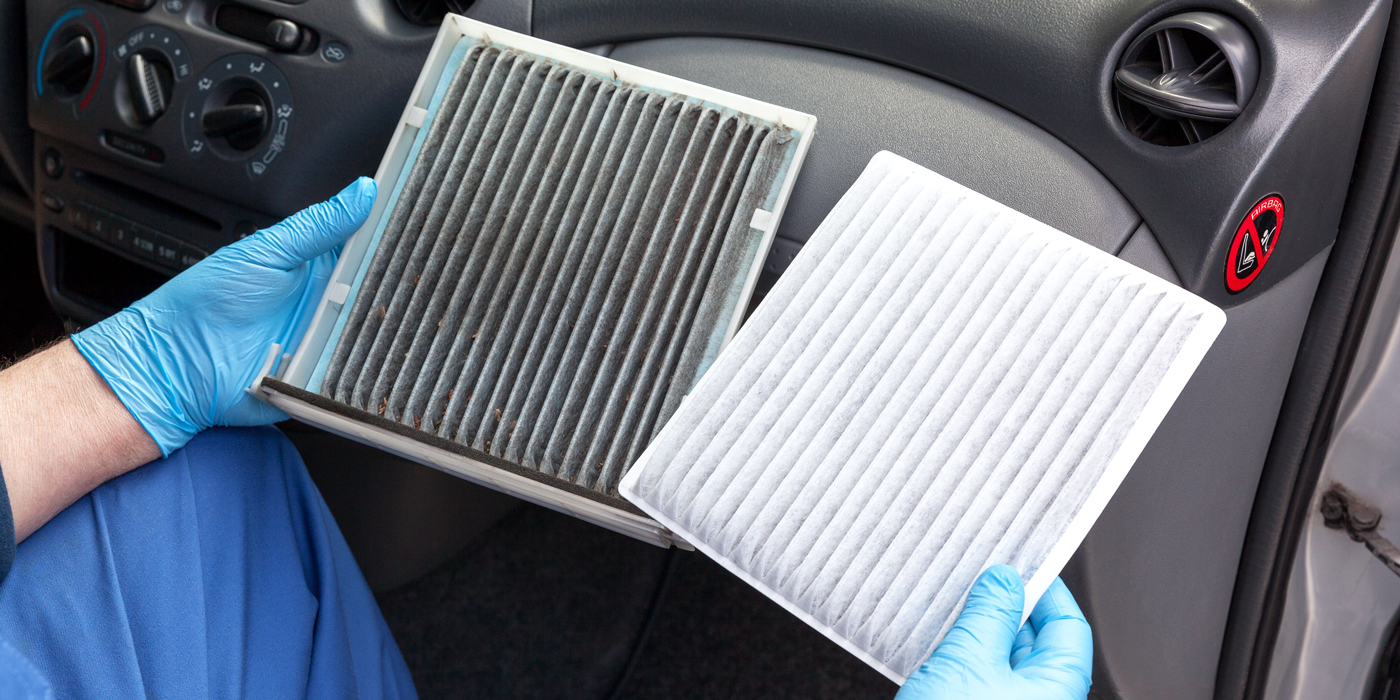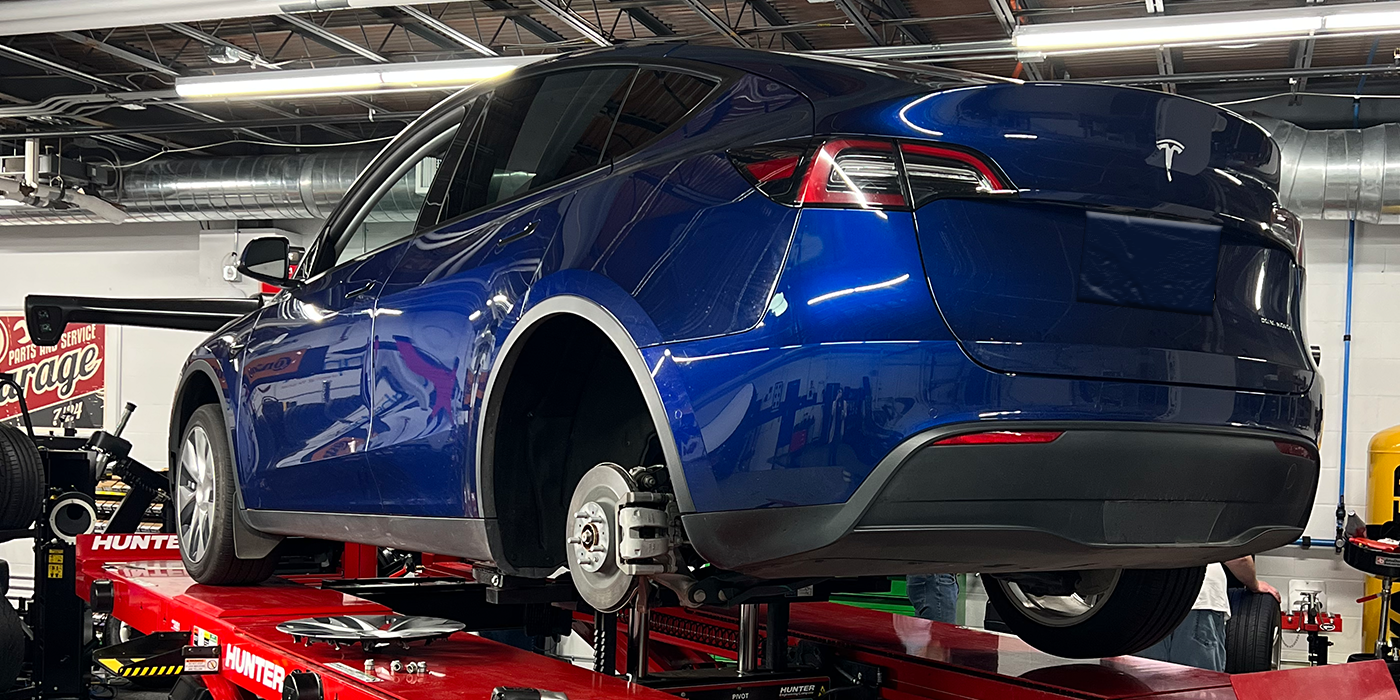uits. Always refer to a service manual for the exact procedure, otherwise you may end up with air in a line and a soft brake pedal.
If you’re using a pressure bleeder, the recommended approach is to start at the master cylinder and work your way out to the farthest brake. If the master cylinder has a bleeder screw, do it first, then the ABS modulator (if equipped with bleeder screws), followed by each individual brake line.
Avoid the temptation to bleed only the brake line that was opened up to replace a caliper, wheel cylinder or hose. Air can migrate backward through the line and enter the master cylinder or other half of the brake circuit. It’s better to bleed all the brakes, than to risk a comeback because of a soft pedal.
When adding fluid to the system, use the type of brake fluid specified by the vehicle manufacturer (DOT 3 or 4). Brake fluid specifications can be found in the vehicle owner’s manual, maintenance guide, or on the master cylinder reservoir or filler cap.
Note:Be careful not to splash brake fluid on painted surfaces because it may damage the paint.
Warning: If any fluid other than brake fluid is accidentally added to the master cylinder reservoir (such as motor oil, power steering fluid, ATF, etc.), it will contaminate the entire brake system and ruin the seals. If the contaminated fluid cannot be removed immediately from the master cylinder, you may have to replace all of the seals or hydraulic components in the entire brake system (OUCH!).













